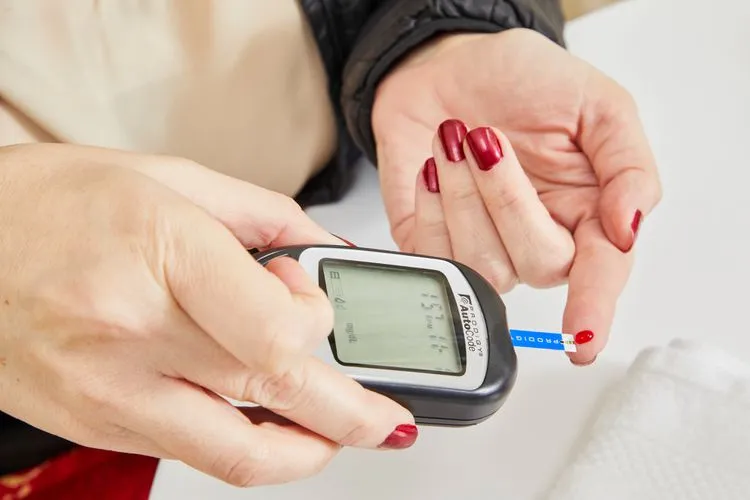People who purchased firearms during the 2020-2021 purchasing surge – particularly first-time buyers – were more likely to have thoughts of suicide, according to a Rutgers study.
The study was published in JAMA Network Open. The researchers surveyed 6,404 adults from New Jersey, Minnesota and Mississippi and found that surge purchasers were more likely than other firearm owners and non-firearm owners to report suicidal thoughts during their lifetime, the previous year and the previous month.
Although firearm access is associated with a risk for suicide, the study found that first-time firearm owners who purchased a gun during this period were more likely than established firearm owners to report lifetime and past-year suicidal ideation.
According to the study, about 6 per cent of US residents purchased a firearm between March 2020 and mid-July 2020. Of these, 34 per cent were first-time buyers, a rate higher than typical.
The states in the study were chosen due to their difference in geography, demographics, political climate, firearm ownership rates, firearm purchasing laws, gun violence rates and culture.
This unprecedented surge in firearm sales over the last year throughout the United States was fueled by the COVID-19 pandemic as well as the contentious election season and the racial justice movement after the death of George Floyd.
The Rutgers study found that 56 per cent of surge purchasers have experienced lifetime suicidal thoughts compared to 32 per cent of non-firearm owners and 28 per cent of other firearm owners.
Over the past year, 42 per cent of surge purchasers reported suicidal thoughts versus 23 per cent of non-firearm owners and 18 per cent of other firearm owners. Also, 20 per cent of surge purchasers reported suicidal thoughts in the past month compared to 11 per cent of non-firearm owners and 7 per cent of other firearm owners.
Almost 40 per cent of these buyers store at least one firearm unlocked. Surge purchasers were more likely than other firearm owners to use locking devices (36 per cent vs. 26 per cent), but less likely to store firearms unloaded in a closet or drawer (22 per cent vs 30 per cent). Among surge purchasers, first-time firearm owners were less likely than established firearm owners to use gun safes (39 per cent vs. 52 per cent) or store loaded firearms hidden in a closet or drawer (11 per cent vs. 18 per cent).
In contrast, first-time firearm owners were more likely to use locking devices (42 per cent vs. 29 per cent).
“These findings highlight that individuals who made the decision to become firearm owners during the purchasing surge exhibit a higher risk for suicidal thoughts than typical firearm owners,” said lead author Michael Anestis, executive director, New Jersey Gun Violence Research Center at Rutgers and an associate professor at Rutgers School of Public Health.
The study illustrates the need to implement policies and interventions that increase safety among firearm purchasers, such as safe firearm storage and temporary storage of firearms away from home during times of stress, as well as policies that promote different forms of protection, such as home alarm systems.























